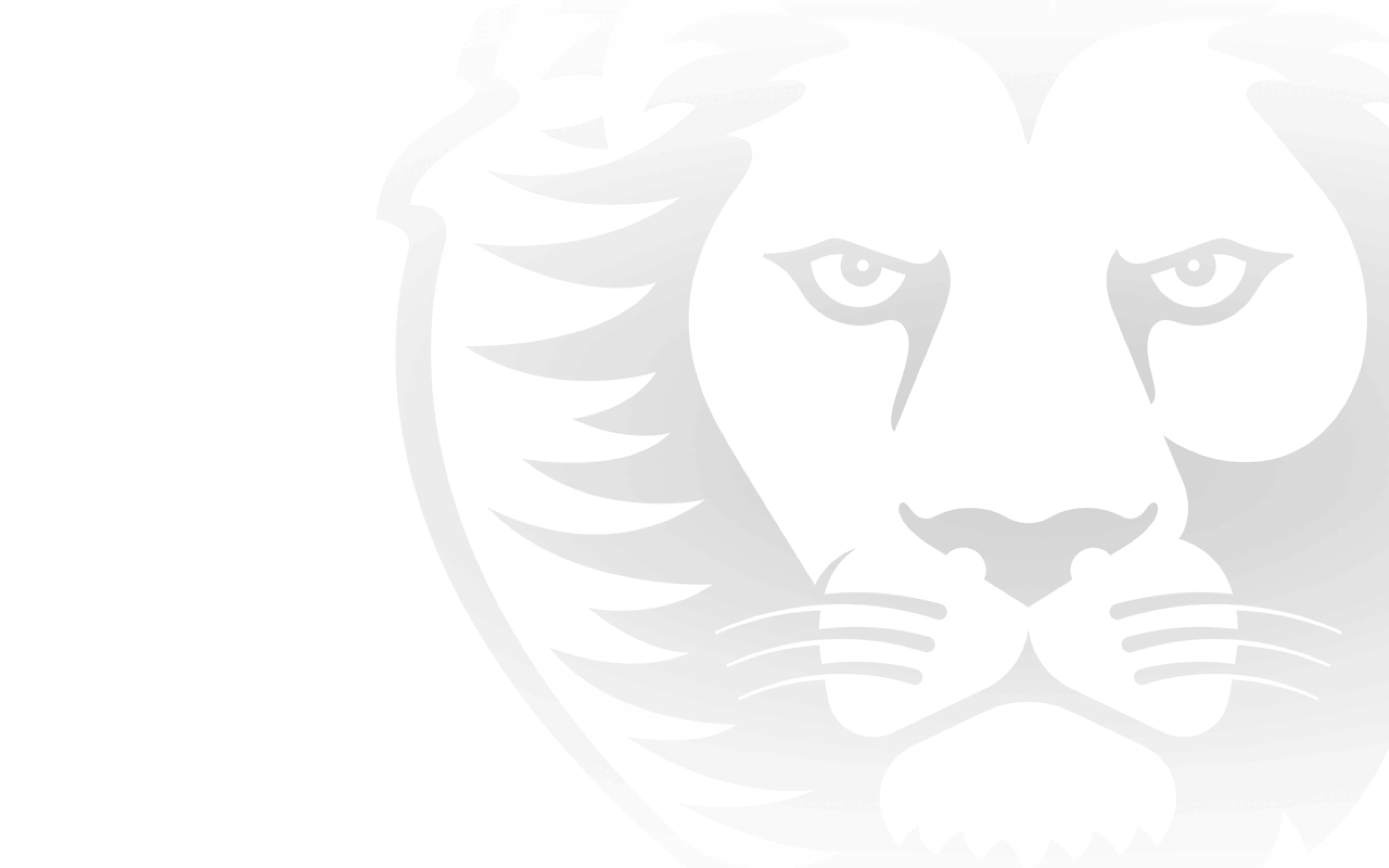The AFL has announced the 2022 VFL season is set to begin on Saturday March 26, 2022, which will see state league men’s footy return to Victoria, Queensland and New South Wales after a second year affected by COVID-19.
The home and away season will feature 21 clubs from Queensland, New South Wales and Victoria and will consist of a 18-game season across 22 rounds. The largest second-tier football competition in Australia will provide all players with a premium standard of football with VFL matches played in Queensland and New South Wales.
All clubs will have four allocated byes to provide an added level of flexibility to adjust where required.
The VFL Competition will integrate into a streamlined calendar for men’s football with the 2022 NAB League Boys, with both seasons running concurrently with the 2022 Toyota AFL Premiership Season.
The 2022 fixture is set to be released following the release of the 2022 Toyota AFL Premiership Season. The involvement of AFL-listed players from 14 AFL clubs in the VFL competition is central to the fixturing of the season.
Each club will receive nine home matches as they welcome their loyal members and supporters back to the footy.
AFL State League Competitions Manager Jennie Loughnan said it was exciting to provide clubs with an update ahead of the 2022 VFL Season and the return of the VFL provides great optimism for football communities across Victoria, New South Wales and Queensland.
“Our VFL clubs have been pillars of Australian Football and their local communities for many years and they have been missed during an interrupted two seasons,” Ms Loughnan said.
“Football is the heartbeat of communities across Australia and state-league football provides a strong link between the elite game and next tier of future stars. The return of VFL in 2022 provides excitement back to these communities who have been through a challenging period with limited football."
“Although we have to be vigilant, aware and responsible throughout the season, we cannot overstate the excitement of everybody connected to the VFL about the 2022 season.”
“Last season was devastating to everyone connected to community football. The stop-start nature of the competition made it challenging for all involved and the AFL is very proud of how all VFL clubs, players, officials, supporters and corporate partners managed through a difficult year and kept their communities engaged and connected. The VFL community is very important to the Australian Football ecosystem.”
“All 21 clubs play a vital role in keeping their suburban and regional networks engaged. They are pillars of their local communities and so important to growing and nurturing our national code. Bring on round one.”
Clubs:
Standalone VFL Clubs: Coburg, Frankston, Northern Bullants, Port Melbourne, Southport, Werribee, Williamstown
Standalone AFL Clubs: Brisbane Lions, Carlton, Collingwood, Essendon, Footscray, Geelong Cats, Gold Coast SUNS, GWS GIANTS, North Melbourne, Richmond, Sydney Swans
Aligned Clubs: Sandringham, Box Hill Hawks, Casey Demons
Clubs have commenced preseason training and are following the return-to-train protocols and guidelines established by the AFL. Club practice matches will commence in early 2022.
The salary cap has been increased from $200,000 to $220,000 for VFL standalone clubs and from $100,000 to $110,000 for the AFL and AFL-aligned outfits, with a key concession added in a bid to encourage senior experienced players to remain in the competition and develop their coaching skills. Clubs can pay $10,000 outside the salary cap for playing coaches.
A $5,000 concession has also been added to employ indigenous coaches in a bid to encourage more of our indigenous coaches to follow a coaching pathway.
The 23rd player rule removed for the 2021 season has been reinstated, but the 60 per cent game time restriction will not return. The extra player must be aged under 20 (on January 1, 2022) for AFL and aligned clubs, be an under-20 development-lister, NAB League player or active Northern Academy (Swans, Giants, Lions, Suns) member and can only be used in that role four times in the home-and-away season.
The change increases the requirement for clubs to name seven players under the age of 22 from this year’s six, with young AFL-listed players included in this number. The 23rd player rule does not apply to the seven VFL standalone clubs, who will still only be required to select six under-22s, meaning their extra player can come from either their primary or development lists.
All clubs will have connections to community clubs and pathway programs, including a varied alignment to Under-18 NAB League Clubs for Victorian-based teams and state league programs for New South Wales and Queensland-based teams.
The AFL will continue to review all arrangements including return-to-play protocols and the return of fans to matches in consultation with clubs, the various State Governments and respective Health Officers to ensure the health and safety of everyone involved in this competition remains the priority.
The AFL would like to acknowledge the support of all industry stakeholders, commercial partners and the legion of fans and supporters and we cant wait to see you at the footy in 2022


